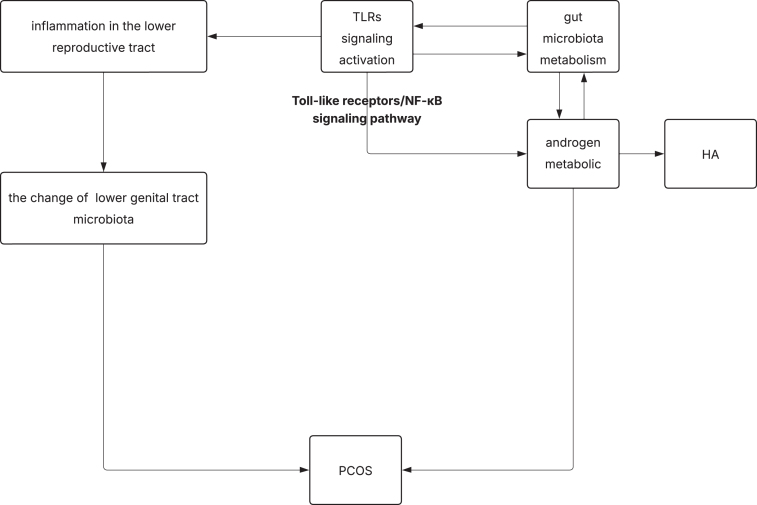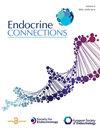微生物群和toll样受体在多囊卵巢综合征中的作用:雄激素代谢的调节机制。
IF 2.8
3区 医学
Q3 ENDOCRINOLOGY & METABOLISM
引用次数: 0
摘要
多囊卵巢综合征(PCOS)是一种普遍存在于妇科的生殖内分泌和代谢紊乱,高雄激素(HA)是其重要的病理生理改变。PCOS患者不论有无HA,临床表现多样。肠道或生殖道微生物在多囊卵巢综合征中的作用近年来引起人们的关注,并与HA的发生有关。本文就PCOS患者肠道和生殖道微生物变化与雄激素的关系进行综述,并对TLRs在这一过程中的作用进行阐述。本文章由计算机程序翻译,如有差异,请以英文原文为准。


The role of microbiota and toll-like receptors in polycystic ovary syndrome: regulatory mechanisms of androgen metabolism.
Polycystic ovary syndrome (PCOS), a prevalent reproductive endocrine and metabolic disorder in gynecology, has hyperandrogenism (HA) as an essential pathophysiological alteration. PCOS patients, with or without HA, present diverse clinical manifestations. The function of intestinal or reproductive tract microorganisms in PCOS has drawn attention in recent years and is associated with the occurrence of HA. In this article, we review the connection between the microbial alterations in the intestinal and reproductive tracts and androgens in PCOS, and elaborate on the role of TLRs in this process.
求助全文
通过发布文献求助,成功后即可免费获取论文全文。
去求助
来源期刊

Endocrine Connections
Medicine-Internal Medicine
CiteScore
5.00
自引率
3.40%
发文量
361
审稿时长
6 weeks
期刊介绍:
Endocrine Connections publishes original quality research and reviews in all areas of endocrinology, including papers that deal with non-classical tissues as source or targets of hormones and endocrine papers that have relevance to endocrine-related and intersecting disciplines and the wider biomedical community.
 求助内容:
求助内容: 应助结果提醒方式:
应助结果提醒方式:


